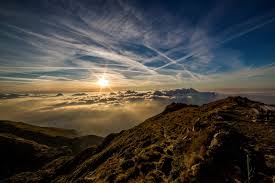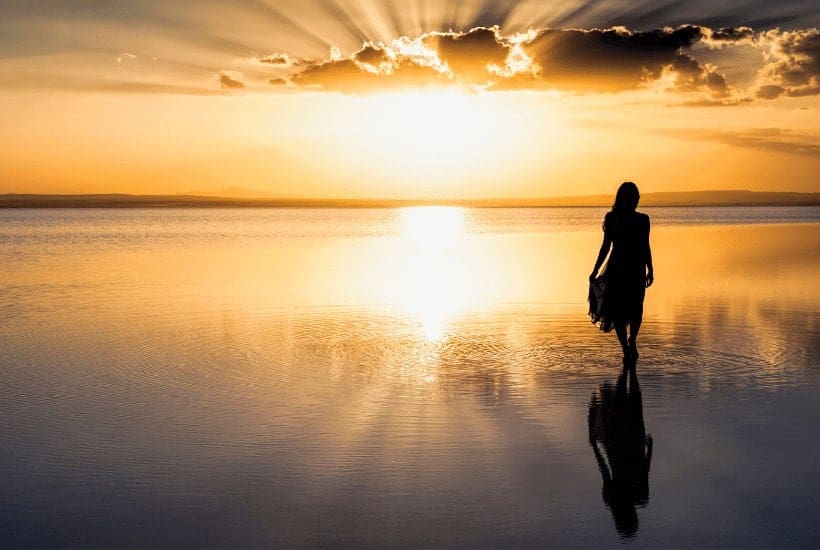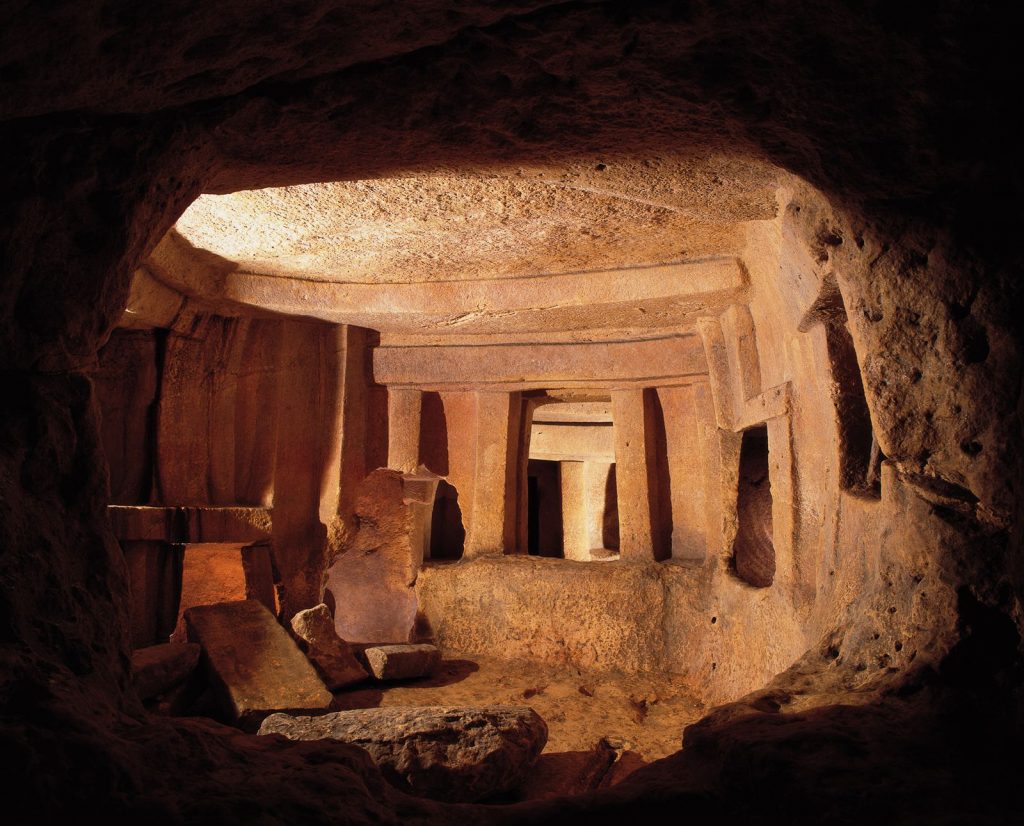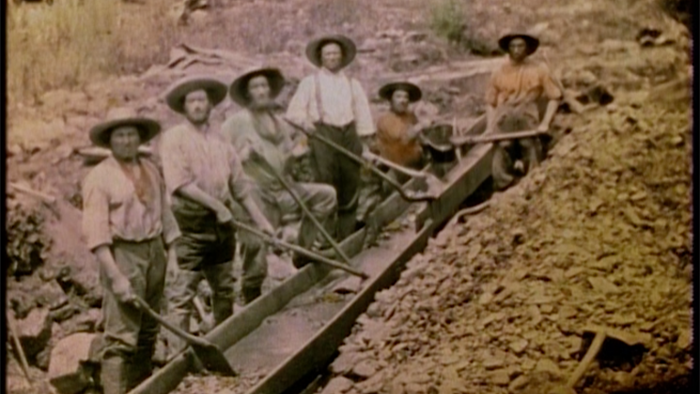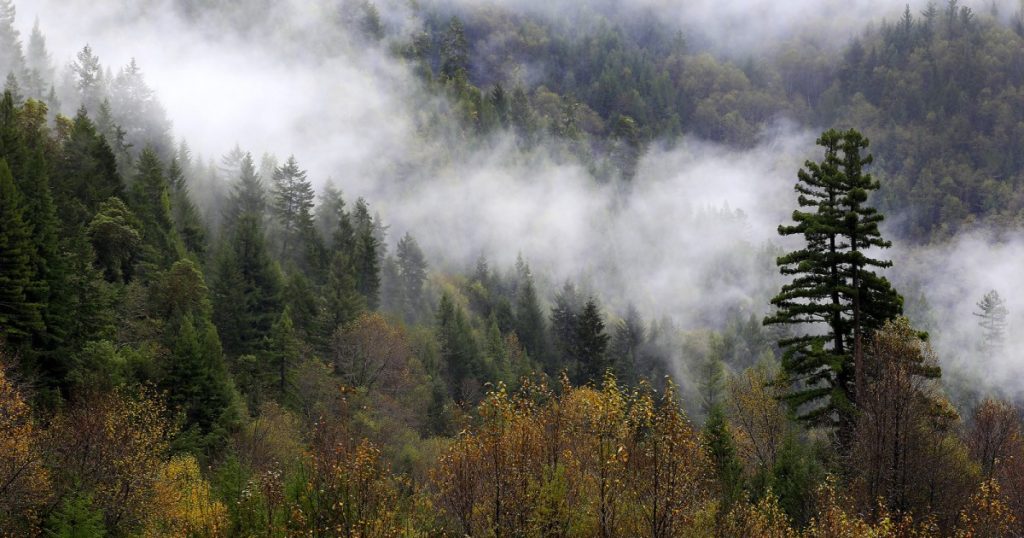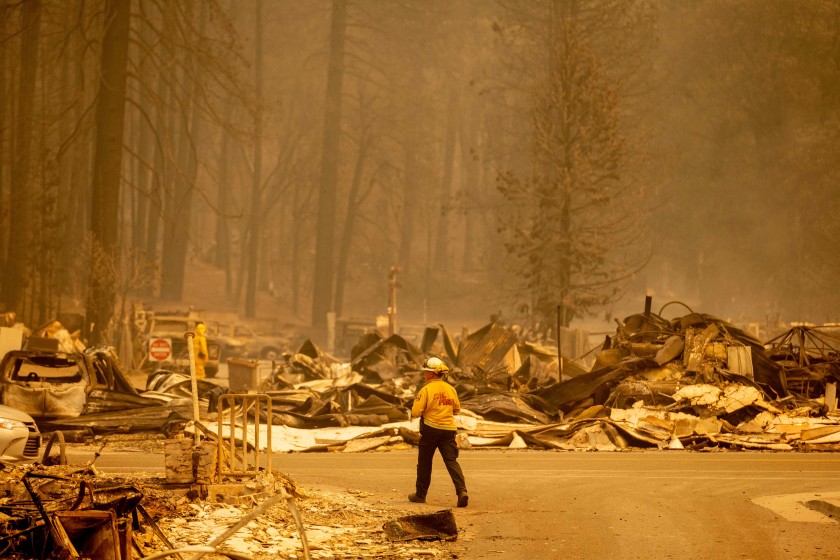The mystery of consciousness is as old as there have been people conscious that they were conscious. However most people, including philosophers and scientists, don’t know what they mean by consciousness. That confusion is compounded when speculating on whether animals other than humans are conscious.
The term consciousness can refer to anything from sentient creatures like humans, to ‘higher’ mammals such as elephants and orcas, to the awareness that pervades all life and the universe as a whole.
Buddhists ascribe sentience to all animals, and say even lower forms of life are sentient. Scientifically and philosophically however, sentience refers to being conscious that one is a conscious being. Traditionally, it’s referred to as self-awareness — awareness of self, as distinguished from self-knowing.
Given this definition, I’m quite sure that only humans are the only sentient animals on this planet. That doesn’t mean that other animals don’t have consciousness, just that they don’t have awareness of self.

Clearly, to have awareness of self a creature has to have constructed a self, or at minimum possess an image of oneself as a distinct individual.
The mirror test is perhaps the best indicator of self-awareness in this rudimentary sense. The experiment involves placing a mirror before a captive chimpanzee or other animal in such a way that it becomes accustomed to its reflection. After some days, the experimenter then paints a large red dot on the forehead of the chimp while it’s asleep (a process requiring a mild anesthesia!).
When the chimp awakens and sees its reflection in the mirror, it will pause, touch and study the dot, thus indicating it has, at minimum, a before-image of itself stored in memory that does not conform to the image now being reflected in the mirror.
Not all primates indicate this basic level of self-awareness, but neither do human babies. At some early point in our development however, we form an image of ourselves. Unlike chimps, that image becomes more and more complex, entrenched and detrimental to our development as human beings. We assume it has independent reality, and call it ‘me,’ the self.
We thus get stuck in images of ourselves and others, which prevents direct perception and insight, which are always of the moment. The rutted images eventually stultify the brain.
Would we say that the chimp, because it has rudimentary awareness of itself, has an inner life? Of course not. An inner life pertains to subjective experiencing, the capacity to ask questions about existence, consciousness and transcendence.
All humans have this capacity, though few develop it throughout their lives. To ascribe it to even the smartest animals on earth does not fit the evidence or common sense, which doesn’t make us separate or special.
Therefore it’s seriously silly to say, “Before my kitties arrived in my home, I rarely had occasion to consider the inner lives of nonhumans.” Such a statement fills a feeling person with sorrow, since the writer, like so many people, apparently has no inner life of his own.
“Does my cat even understand that she is — does she, in the way René Descartes conceived it, possess knowledge of a self?”
No, our cats or dogs do not “possess knowledge of a self,” because they neither are possessed by a self nor do they possess knowledge about the self. That isn’t to say animals are ‘automata,’ as Descartes conceived them, “essentially mindless machines.”
In short, because even the smartest animals, such as orcas, lack a subjective experience of a conscious self, or the subjective experiencing of life (which aren’t the same thing), it does not make them devoid of consciousness.
On the other hand, it’s the height of anthropomorphizing, as well as reductio ad absurdum, to maintain there is “reason to suspect animals possess consciousness because we are animals and we possess consciousness.”
No matter what putative philosophers of consciousness say, consciousness is not just a “felt quality.” Cats, dogs and many other animals have limbic systems much like ours, but that certainly doesn’t mean that they feel and suffer as we humans do, much less “feel what it’s like to see the sun set or smell the rain on a spring morning.”
The misguided intention in recent decades is to erase the quantum distinction between humans and other animals. Doing so has taken us further from self-understanding, and done nothing to diminish the “great moral catastrophe of food production facilities all over the world routinely treating nonhuman animals as Descartes saw them, as machines without feeling or experience.”
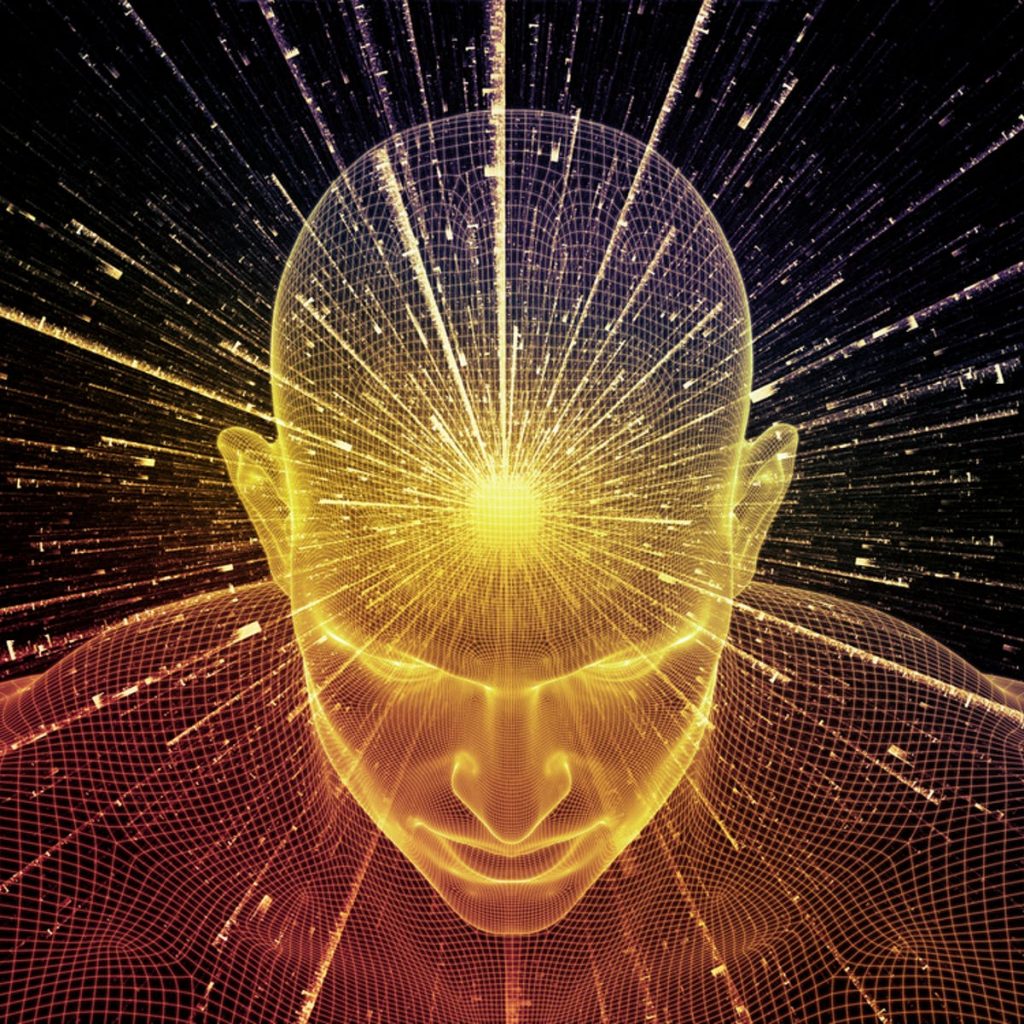
Rather than speculate about the inner lives of cats or dogs, we should be tending to our own inner lives. The tremendous number of ‘zombies’ in America and other countries ready to kill for their dear leader attests to an inner deadness that’s all too common in this culture. The subsequent need, in Republicans and Democrats alike, drives people into extreme sports, drugs or whatever just to ‘feel alive.’
People who speculate on the inner lives of animals, or worry about the future ethical treatment of robots that will purportedly have consciousness, don’t understand their own minds and the human crisis.
We should be asking: How are we humans different from other animals, which allows us to exercise such destructive power over them?
Consciousness as we know it is dream, based on separation and symbol, from which it is difficult to awaken, requiring diligent awareness and questioning.
Awakening to the dream of thought-based consciousness is analogous to awakening from sleep as one is dreaming. One believes, as one is dreaming, that the dream is reality. At the moment of awakening, one realizes the dream wasn’t real.
When one is a state of heightened awareness, there is a spontaneous quieting of thought and silence of mind. That state, while fully awake, produces the same feeling about ‘normal’ consciousness, that waking up from a dream produces about sleeping consciousness. In both cases, one was asleep, and for a moment at least, one awakens.
The question I’m grappling with is this: Given the silent state of awareness in which psychological thought is not operating is true consciousness, why does the mind/brain revert to the dream state of thought? Is it that the brain has lived in a simulacrum of consciousness, based on symbols and memories, for so long that the flame of attention goes out even after the most intense meditations?
That isn’t just an individual contemplative and philosophical preoccupation. If we humans cannot make the transition to true consciousness, the crisis of consciousness now shared by everyone in the world will only intensify and endarken everyone’s mind and heart, at least for the foreseeable future.
Martin LeFevre
The post The Mystery of Consciousness first appeared on The Costa Rican Times.
